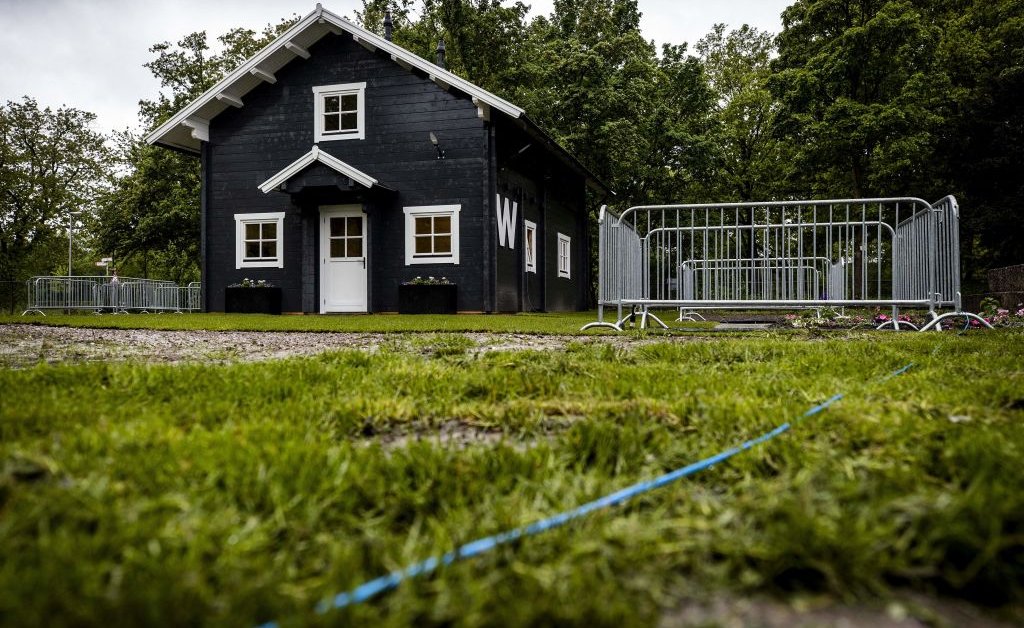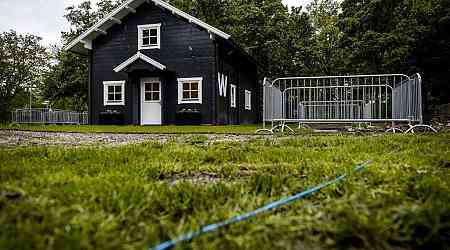
Across the United States, more buildings than ever are relying on electricity instead of fossil fuels—a huge milestone towards our transition to a cleaner electricity grid. That’s good news, given buildings account for 35% of our nation’s carbon emissions. But with more people opting for electric vehicles and electric heat pumps, alongside multi-billion dollar investments to electrify manufacturing and heavy industries, we are seeing unprecedented demand for electricity that may very well push the grid to its limits.
[time-brightcove not-tgx=”true”]To avoid blackouts during cold weather snaps, the hard truth is that our buildings will likely need alternatives to full electrification. Even if flexible loads can be minimized on high heating demand days, the grid may not be big enough to accommodate. This may mean a continued reliance on fossil fuel combustion as a back up heating solution. But if we’re looking to fully decarbonize while still satisfying peak heating needs, we may need to more seriously explore the burning of clean hydrogen or the advanced biofuels encouraged in states such as Massachusetts, even though currently available commercial alternatives are not emissions-free. Otherwise, we risk, quite literally, leaving millions of people in the cold.
Electrification needs an energy partner
For the coldest regions, peak electrification may end up being exceptionally draining. The amount of energy required to heat (or cool) a building is directly proportional to the difference in temperature between the inside and outside. Our current “all-electric” approach could demand a 70% increase in nationwide grid capacity. But in places like Maine or Montana, where it’s not uncommon during winter to wake up to freezing temperatures, grid capacity may need to quadruple to provide sufficient heating to customers. And then, across all states, extreme weather swings are becoming more frequent, and many utilities cannot handle these whiplash changes in heating and cooling loads.
Our ability to expand electricity production to meet spikes may be challenging through renewables alone. Green solutions like wind and solar farms likely cannot be built large enough to handle a few of these frigidly cold days a year—it’s simply not cost effective to do so. Further, to be reliable during weather extremes, intermittent wind and solar require large-capacity, expensive energy storage solutions.
We are doomed to face this problem eventually. The clock is ticking to find new ways to rapidly expand electricity production without defaulting wholesale to more coal-, gas- and oil-fired peaker plants. While various uncertainties abound, clean hydrogen is one technology that may show promise.
Cheap, safe, and clean
While the Biden Administration has begun investing in clean hydrogen for industry, manufacturing, and transportation through the Regional Clean Hydrogen Hubs and the Inflation Reduction Act, hydrogen for heating buildings has largely been dismissed.
Critics raise hydrogen’s energy-intensive manufacturing process and high economic costs as key barriers to adoption for building heating purposes. Yes, hydrogen boilers are less efficient than heat pumps. Much of this pushback, however, fails to account for both the societal risks of insufficient grid capacity on the coldest days of the year and the projected rising costs of electricity during these peak demand periods. Last January, a winter storm caused the Tennessee Valley Authority to experience the highest peak electricity demand in its 90-year history and some customers saw electricity bills nearly double. While further techno-economic analysis is needed, peak electricity prices in select regions during incredibly high demand periods could very well exceed the typical cost of burning clean hydrogen, especially if that cost falls to the Department of Energy’s “hydrogen shot” goal of $1/kg within the next decade.
Hydrogen has also gotten a bad rap for being unsafe, with some studies finding a higher likelihood of in-home air pollution, leaks, explosions, or pipe embrittlement compared to gas. But with the right safeguards, hydrogen can be just as suitable for the home as natural gas. For example, one U.K. study by the Royal Academy of Engineering found the risks of hydrogen use were reduced significantly with the simple installation of additional excess flow valves. Pipeline safety concerns can be avoided by delivering the fuel by truck—similar to those used for oil and propane in parts of New England today—rather than a pipeline into the home. Early deployment of various domestic hydrogen heating trials in the Netherlands, Germany, Spain, and Japan are adopting such safety measures
A community-focused solutions
Given the foreseeable quandary ahead, lawmakers need to more seriously consider options for the coldest regions of our country and start supporting more research and demonstration projects. In the Netherlands, there is a pilot underway that is delivering hydrogen to households and using hydrogen boilers—which aren’t much different from a standard natural gas boiler—to generate heating in winter. The Dutch government has even tasked the grid operator Gasunie with developing a national hydrogen grid by 2030.
Hydrogen does not make sense for every community—for example, those in milder climates—but could make a critical difference to supplement cold climate electric heat pumps in more vulnerable regions. Last May, for example, California approved a proposal by PG&E to establish a microgrid—a hybrid battery energy storage and hydrogen fuel cell system—as a backup power source during wildfire season for a Northern California substation that frequently experiences outages. With construction of the new fuel cell system kicking off last month, the storage center will be able to provide residents with 48 hours of backup power. While a great stop-gap for California, this specific type of battery microgrid system would not be sufficient to meet peak heating demand on a handful of days a year in the coldest regions. But hydrogen is relatively easy to store in tanks, meaning we could consider deploying “backup storage” systems in regions across the country that might have moments of crisis where peak usage would otherwise flood the grid.
The remarkable rise in electrification in recent years is a testament to America’s commitment to the clean energy transition. Electric heat pumps powered by clean electricity will play a significant role in decarbonization of the grid, but they are not, alone, a viable solution everywhere. During seasonal peaks today, electric grids are already straining to meet demand. Given the acceleration of climate change and worsening seasonal extremes, we shouldn’t take for granted that grid capacity or load flexibility will improve rapidly enough everywhere to ensure millions of customers aren’t left vulnerable and without heat. While critics of hydrogen for building heating have valid points to make, we cannot rely exclusively on electric heat pumps—the ultimate solution will be much more complex.
Alexis Abramson is the dean of Thayer School of Engineering at Dartmouth, former chief scientist at the Department of Energy Building Technologies Office, and incoming dean-elect of Columbia Climate School.

























